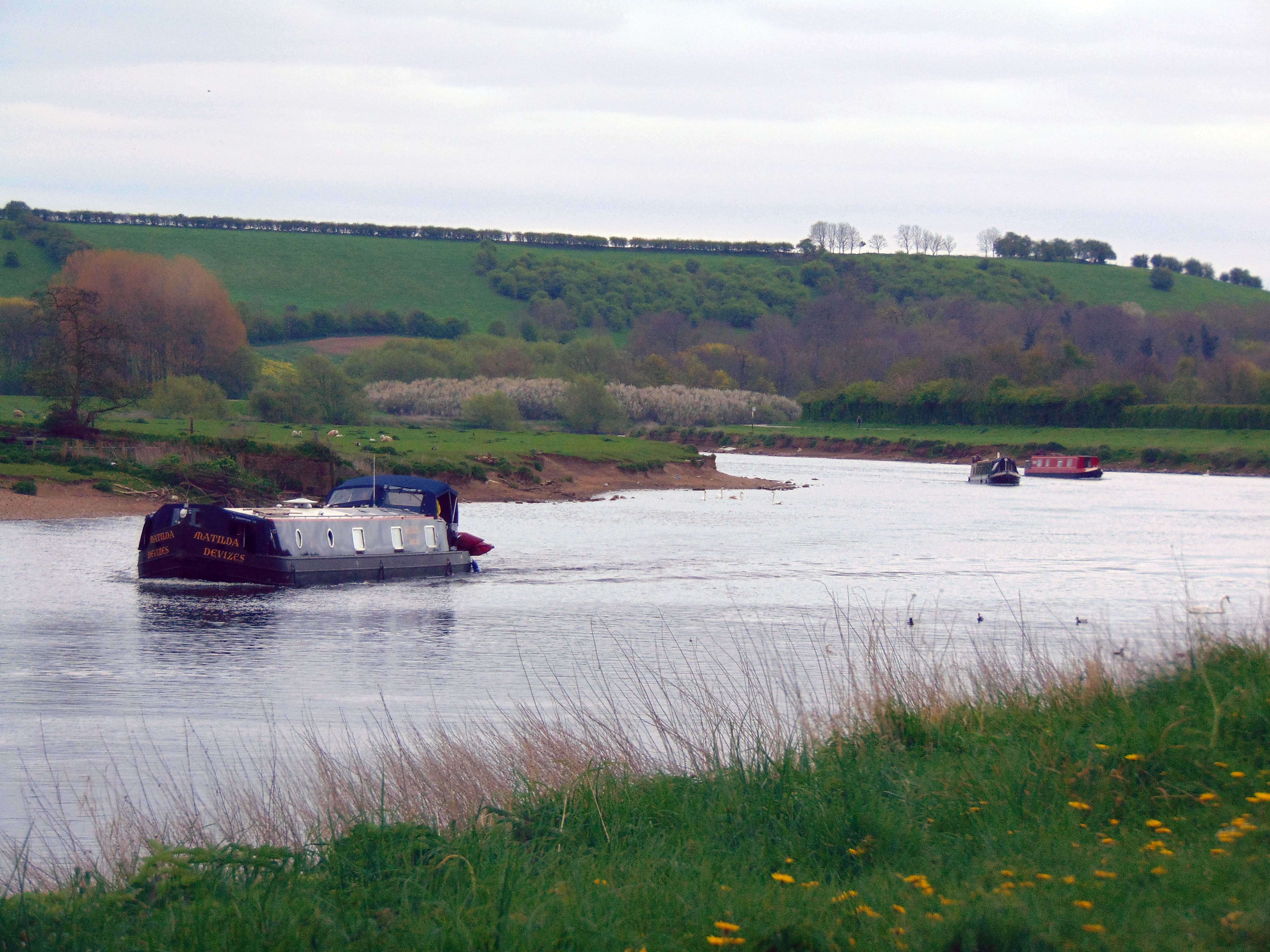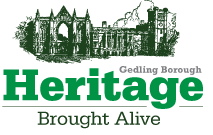Water Power
Water has always played a major role in where people settled or developed industries, the people of Gedling Borough were no exception to this rule. This section will look at the role water has played in our lives, including the most obvious role of drinking water, in which we have a great story to tell.
Thomas Hawksley (1807-1893) was born at Arnold. He famously argued that living conditions, water supply and water-borne diseases such as cholera and typhoid were linked. He designed a network of pumping stations with steam engines, to bring water to the surface into reservoirs on higher ground, before being piped to homes and businesses under constant pressure. In his own life time, he installed similar systems into well over 100 cities across the world and subsequently saved the lives of countless millions of people. [Click here to read the full story]
Water Treatment and Sewage Disposal also became a major concern for the rapidly expanding Victorian cities, Nottingham was no exception. In 1872 and Marriott Ogle Tarbotton was appointed to devise a scheme to dispose of sewage. In 1874 the Nottingham Corporation leased land at Stoke Bardolph for use as a ‘sewage farm’. Open channels were dug from the city and in June 1880 raw sewage started to flow, to be spread on the land at Stoke Bardolph. [Click here to read the full story]
Water Mills made effective use of the relatively small streams within the borough, primarily the River Leen. Those mills, built by the Robertson family, along the River Leen were a very impressive set of cotton spinning mills; while other mills were used to grind grain and prepare fodder and flour, also along the River Leen in Linby, Papplewick and Bestwood. Castle Mill, which was one of Robertson’s mills, was converted to grinding corn in about 1850 and last working in the 1930s. Three of the farms in Linby also have surviving waterwheels, formerly used to power machinery for grinding cereals for fodder as well as for chopping straw.
Leisure & Pleasure: In our modern way of living we find more time to enjoy the world around us, and that includes the beauties of water. The River Trent forms part of the south-east boarder of the borough and is a source of great pleasure to those who enjoy flora & fauna or even a trip on the water.
River Leen and Wildlife http://www.wildlifeinthecity.org/green-space/hucknall-road-linear-walkway/
Riverside Wildlife https://www.gedlingconservationtrust.org/
Netherfield Lagoons https://www.gedlingconservationtrust.org/netherfield-lagoons/
River Trent https://canalrivertrust.org.uk/
River Trent – History https://en.wikipedia.org/wiki/River_Trent
Mapperley & Belle Vue Reservoir http://mapperleyandsherwoodhistorygroup.co.uk/belle-vue-reservoir

